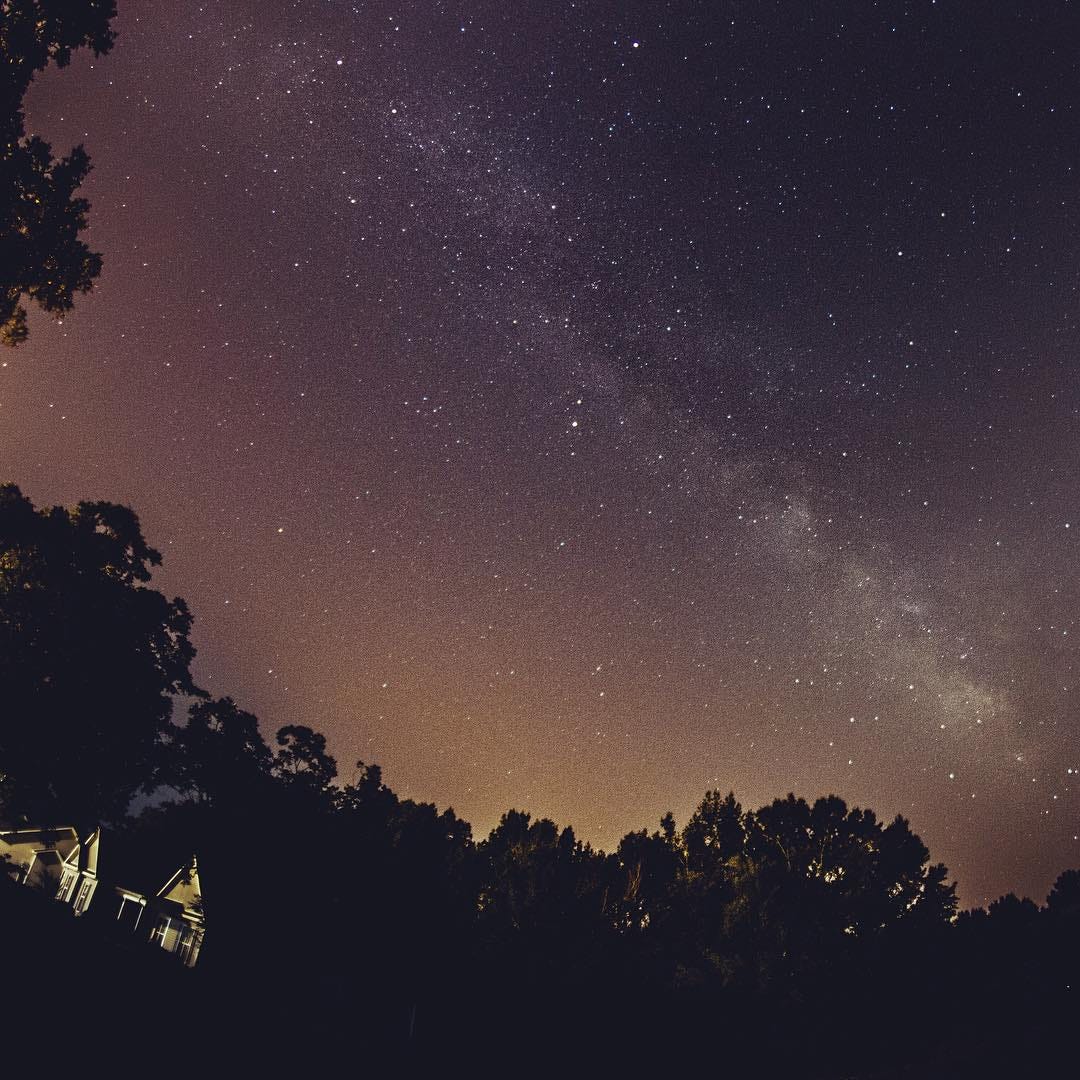Tonight, Pluto, our solar system’s most distant known planet, stands in perfect opposition to the Sun. Though it lies billions of miles away, this alignment brings it into full view, illuminated by the very light it usually hides from. It’s a rare moment when the farthest becomes visible when the unseen is drawn into the light.
I am reminded that this is how God works in our lives.
There have been times when parts of me, wounds, doubts, and dreams would stay buried deep inside me and feel as remote as Pluto. I would keep them tucked away in the cold corners of my heart, thinking they’re too far gone to matter. But God sees them. And in His perfect timing, He brings those distant places into opposition. The most painful of exposures of these dark secrets needed His light and He did not do it to shame me, but to illuminate me with grace. It just has taken a long time for me to understand that was His plan, and I had to walk a long road of emotions to be comfortable with that.
“He reveals deep and hidden things; He knows what lies in darkness, and light dwells with Him.” — Daniel 2:22
Pluto’s opposition reminds me that even the most distant parts of me story are not beyond redemption. The light of the Son reaches farther than ever thought it would. And when I allowed Him to align my heart with His truth, what was once hidden became a testimony of healing for me.
So tonight, as you look up and remember Pluto’s quiet presence in the sky, ask yourself:
What part of me have I kept distant from God’s light?
What hidden places is He gently drawing into view?
Let this be a night of alignment. A night where the far-off becomes near. A night where grace meets the cold and brings warmth. Until next time, keep looking up.
-g
🌌 Astronomy Events on July 25, 2025
🔭 Major Celestial Events
Pluto at Opposition
Pluto will be directly opposite the Sun, making it visible all night long in the constellation Capricornus.
Magnitude: ~14.4 — requires a large telescope and dark skies to observe.
Moon Near Mercury and the Beehive Cluster (M44)
The Moon will pass close to Mercury (mag ~3.6) and the Beehive Cluster (mag ~3.7) in Cancer.
Best viewed shortly after sunset with binoculars or a small telescope.
🌙 Lunar Phase
Waxing Crescent Moon
Just one day after the New Moon (July 24), the Moon will be a thin crescent, offering dark skies ideal for deep-sky observation.
🌠 Meteor Showers (Approaching Peaks)
Southern Delta Aquariids
Peak: July 30–31
Activity begins around this date, with increasing meteor counts.
Expected rate: ~25 meteors/hour at peak.
Piscis Austrinids
Peak: July 28
Activity may be visible on the 25th, especially in southern skies.
Expected rate: ~5 meteors/hour.
🌌 Deep-Sky Targets
Messier 22 (M22)
A bright globular cluster in Sagittarius, visible around midnight.
Magnitude: ~5.2 — great for binoculars or small telescopes.
North America Nebula (NGC 7000)
A large emission nebula in Cygnus, best viewed under dark skies.



